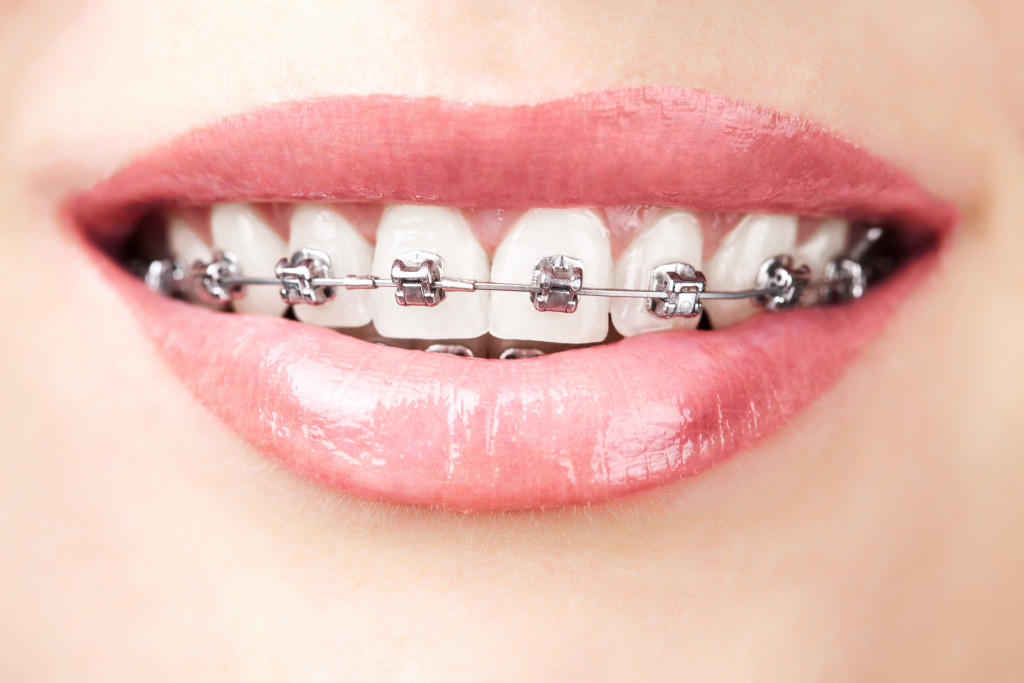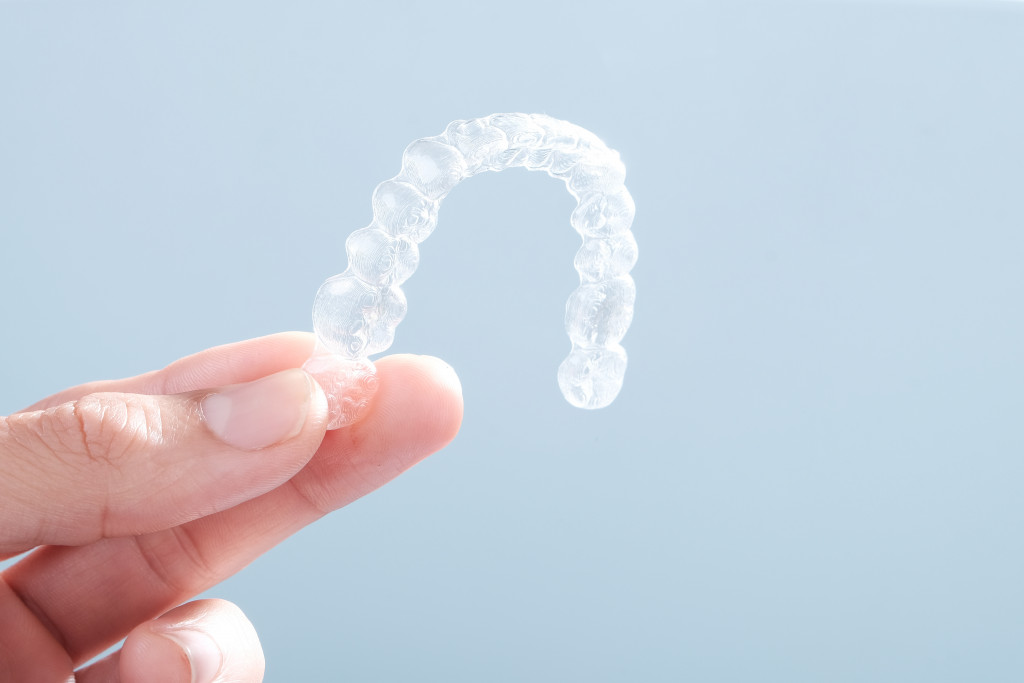Having uneven teeth can be a source of embarrassment and discomfort, but there are several ways to straighten them. From traditional braces to modern clear aligners, today’s orthodontic treatments offer options for patients of all ages to improve their smiles. This article will explore the different methods available for correcting misaligned teeth and discuss which may suit your particular needs.
Traditional Metal Braces
Traditional metal braces are an effective and reliable choice for straightening uneven teeth. The process starts with a comprehensive consultation, where the dentist evaluates the condition of the patient’s teeth, taking into account other factors such as their bite and facial growth.
After deciding that traditional metal braces are appropriate, they work by placing brackets onto individual teeth and then threading a wire through them to create pressure to move them into the correct position over time.
While wearing traditional metal braces can take slightly longer than other orthodontic options, it is often considered one of the most cost-effective methods. Its benefits include being durable, precise regarding tooth movements, and capable of handling severe cases of misalignment more easily.
Additionally, as some other treatments do, they cause less discomfort than other braces as they fit flush against each tooth rather than pulling on them from the outside.
Ceramic Braces
Ceramic braces are a popular orthodontic treatment for straightening crooked or uneven teeth. They involve tiny brackets and clear, light-colored wires, making them much less visible than traditional metal braces.
Before getting ceramic braces, it is essential to consider whether the user qualifies for this particular treatment and if they can deal with the slight discoloration that can occur on the teeth over time due to the brace materials. The benefits of getting ceramic braces include quicker orthodontic results since the brackets and wires are smaller.
In addition, since they are discretely designed, users don’t have to worry about having unsightly metal visible in their mouths and can continue socializing without inhibitions. Ceramic braces also require fewer dental visits than metal ones, as adjustments often do not need to be made during each appointment.
Lingual Braces
Lingual braces are an innovative method for straightening uneven teeth. They are particular types of braces that get attached to the backside of your teeth, making them virtually invisible. Before getting lingual braces, it is essential to consider several factors, such as time and cost.
Compared to other braces, they are much more expensive due to their customized nature. In addition, they may take longer than regular braces to achieve the desired effect. Yet despite this, lingual braces offer many advantages over conventional methods.
They work better with extensive problem areas and can dramatically improve crooked teeth appearance since they cannot be seen when you smile or speak. All in all, lingual braces provide a unique solution for those wishing to get straighter teeth without the distraction of having visible orthodontic appliances in the mouth.
Clear Aligners (Invisalign)
Clear aligners (Invisalign) are a teeth-straightening technology that can give patients a great, healthy-looking smile without traditional metal braces. This teeth straightening method is done via a series of removable, custom-designed, and comfortable plastic trays – no brackets or wires!
Before getting clear aligners, you must examine the condition of your teeth and your expectations for the outcome to ensure this method will work for you. However, if all requirements are met, clear aligners are beneficial in several ways. They allow people to continue flossing and brushing their teeth as expected while being discreet.
They also do not require frequent trips to the dentist/orthodontist like conventional braces, as they come pre-fitted with replacement trays sent every two weeks. Furthermore, they provide direct and adjustable force leading to higher chances of achieving desired improvements quickly and precisely.
Self-Ligating Brackets
Braces can be an excellent option to help straighten uneven teeth. Self-ligating braces are a type of braces that use brackets connected with clips or small rotating doors, resulting in a lower force over time. While this may be an appealing treatment method for many people, several factors must be considered when determining if this is the right option.
Cost is one factor, as self-ligating braces may cost more than traditional braces. Visits to the orthodontist may also become more frequent due to the accelerated process. However, despite these potential setbacks, self-ligating brackets offer several benefits – quicker results meaning patients avoid long-term wearing of braces, less friction leading to much less painful adjustments, and simpler cleaning instructions for maintaining oral hygiene.
For those considering improving their smiles with self-ligation braces, discussing it with your orthodontist can help guide you on potential risks and rewards individualized to your situation.
These are some of the most common methods of straightening uneven or crooked teeth. Each person has their own individual needs and preferences, so it is important to consult with your dentist or orthodontist about your options before deciding on a particular treatment plan. With the right care and consideration, you can have the smile that you deserve in no time!

